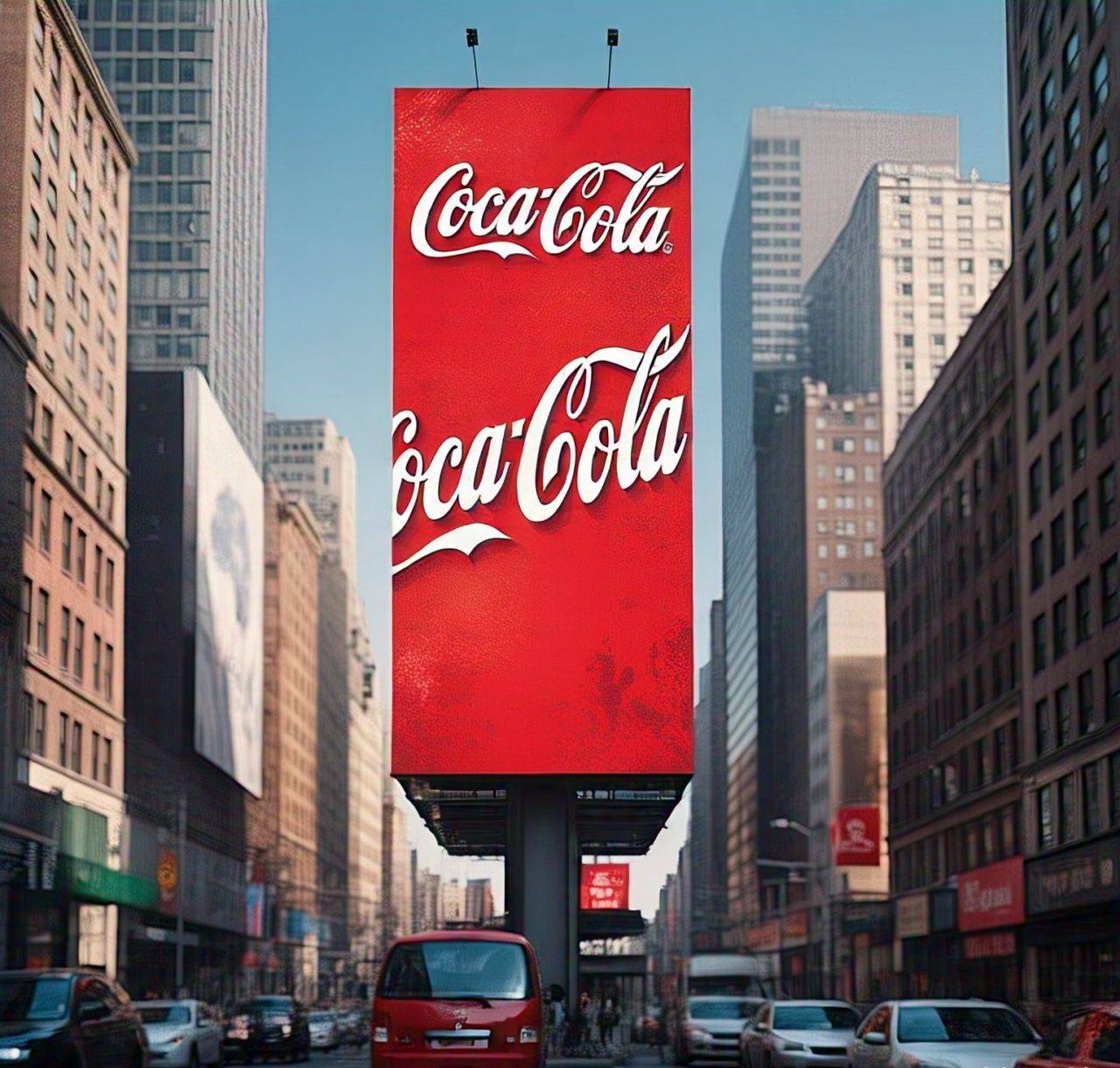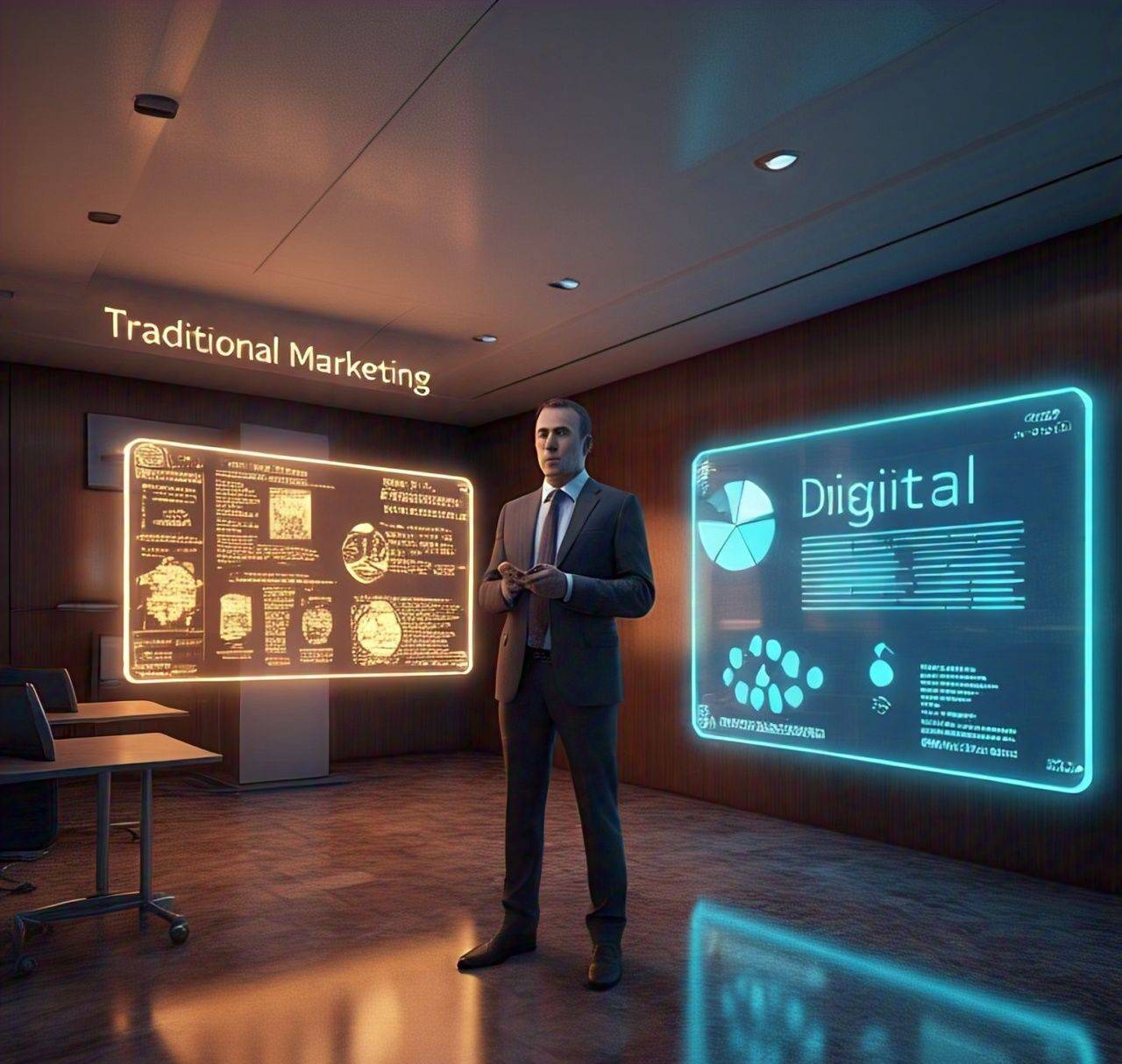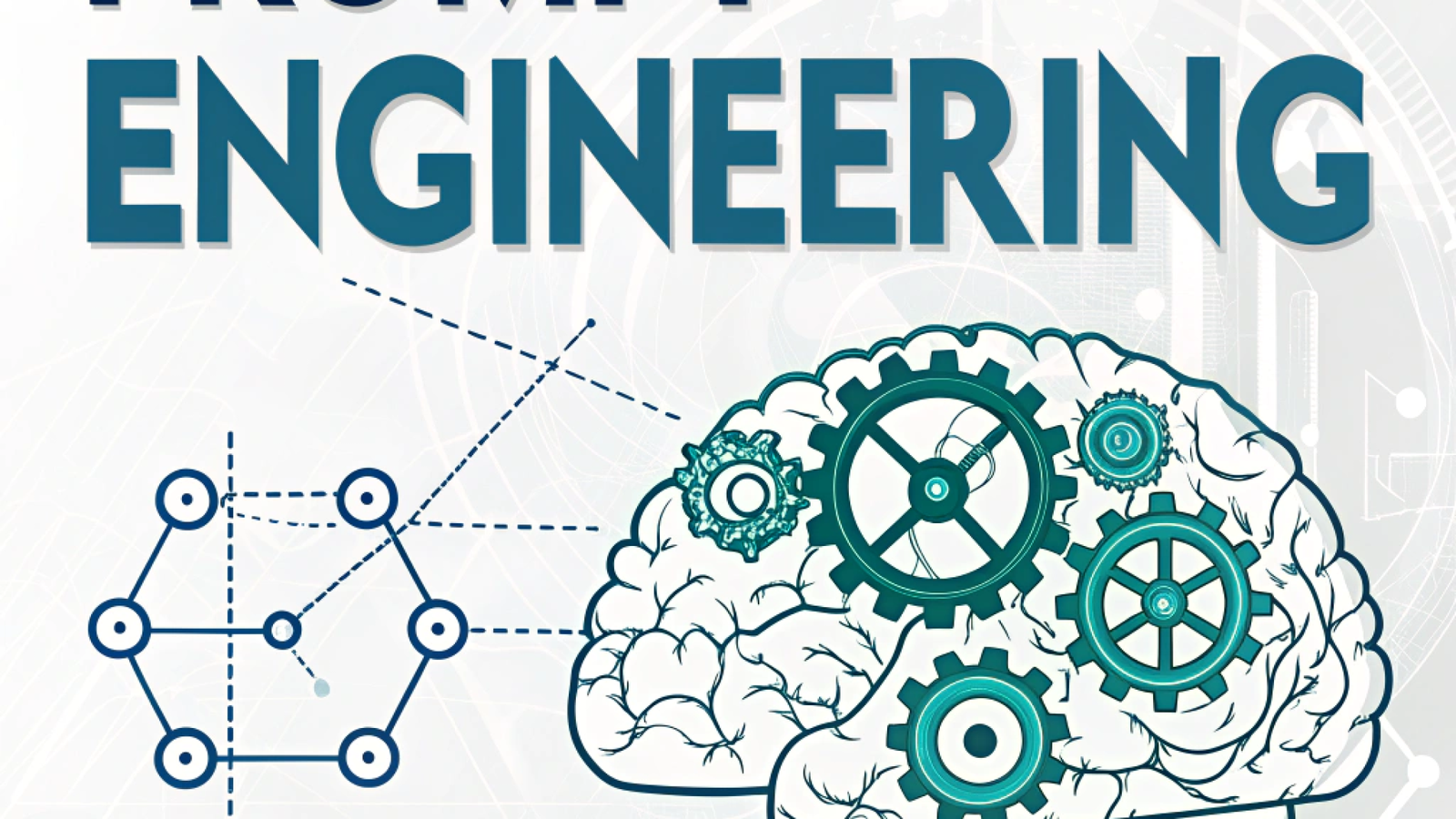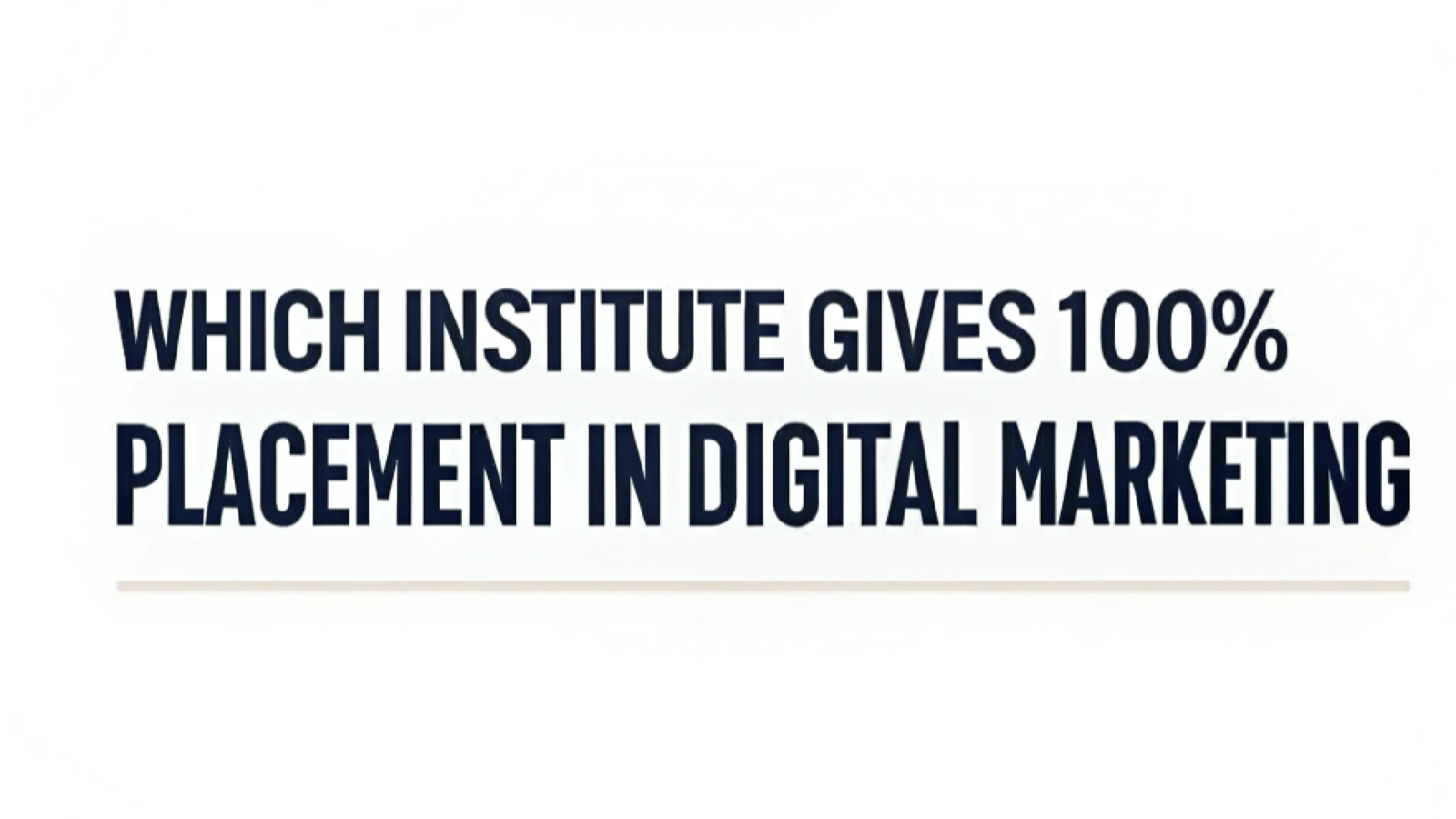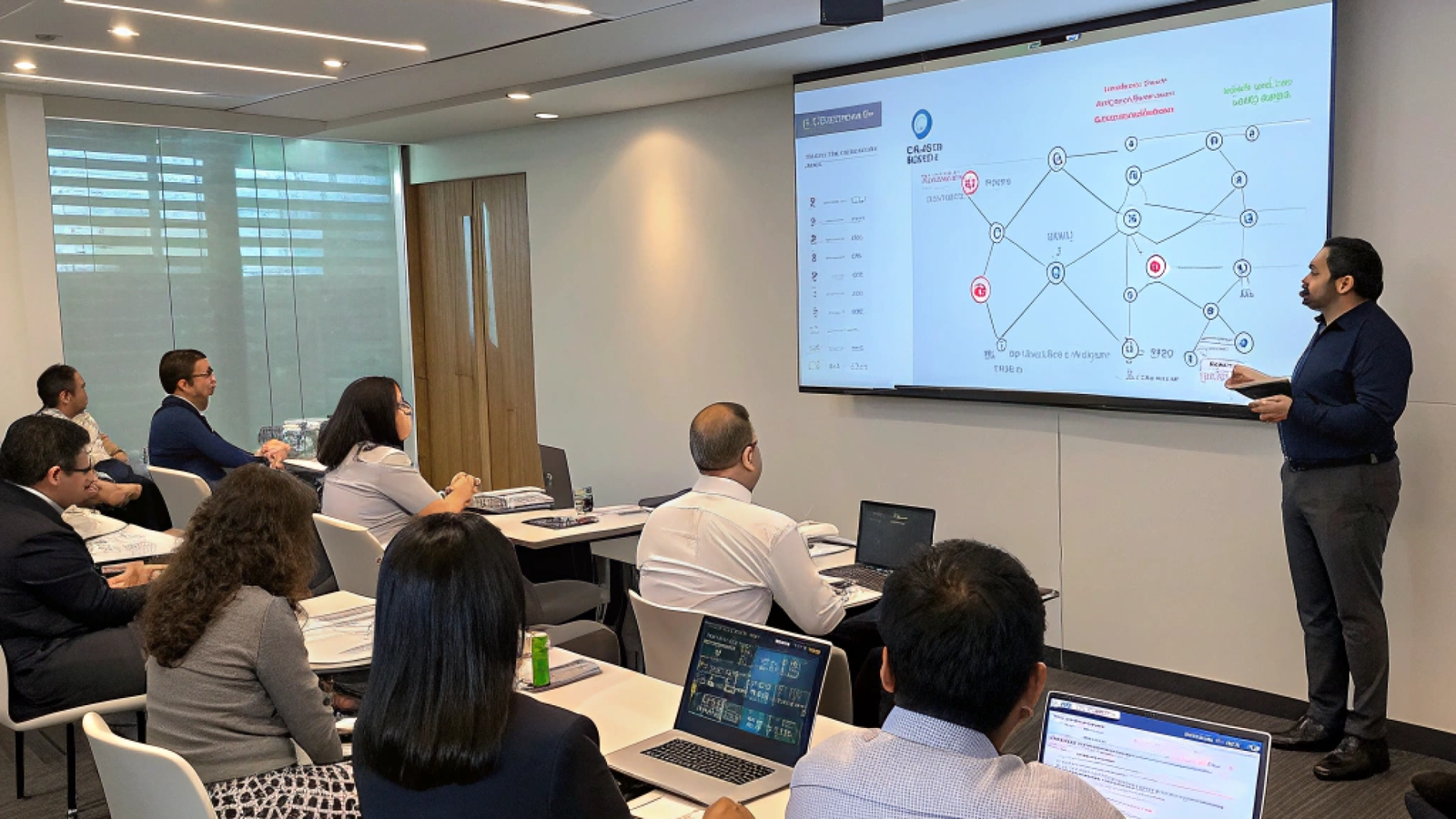Currently Empty: ₹0.00
Traditional Marketing vs Digital Marketing: A Comprehensive Comparison In 2025

Introduction
Marketing is the backbone of any business, and over the years, it has evolved significantly. Today, businesses rely on both traditional marketing vs digital marketing strategies to reach their target audience. But which one is more effective? In this blog, we will compare both methods, highlighting their benefits, limitations, and key differences to help you make an informed decision.
1. What is Traditional Marketing?
Traditional marketing refers to conventional advertising methods that have been used for decades. It includes:
Types of Traditional Marketing:
- Print Media: Newspapers, magazines, brochures, and flyers.
- Broadcasting: TV and radio ads that reach a mass audience.
- Outdoor Advertising: Billboards, posters, banners, and transit advertising.
- Direct Mail: Flyers, postcards, catalogs, and promotional materials.
- Telemarketing: Cold calling, SMS marketing, and voice messages.
Pros of Traditional Marketing:
Wide Reach – TV, radio, and newspapers can reach a broad audience. Brand Credibility – People tend to trust print ads more than digital ones. Memorability – Physical marketing materials have a longer retention value.
Cons of Traditional Marketing:
Expensive – Printing and broadcasting costs are high. Difficult to Measure – ROI is hard to track compared to digital methods. Limited Interaction – One-way communication with the audience.
2. What is Digital Marketing?
Digital marketing involves using online platforms and digital channels to promote a brand. It includes:
Types of Digital Marketing:
- Search Engine Optimization (SEO) – Improving website visibility in search engines.
- Social Media Marketing (SMM) – Promoting brands on Facebook, Instagram, LinkedIn, and Twitter.
- Pay-Per-Click (PPC) Advertising – Google Ads and social media paid campaigns.
- Email Marketing – Sending promotional messages and newsletters to targeted users.
- Content Marketing – Blogs, videos, and infographics to engage audiences.
- Affiliate Marketing – Earning commissions by promoting products and services.
Pros of Digital Marketing:
Cost-Effective – More affordable compared to traditional advertising. Precise Targeting – Ads can be shown to specific demographics and interests. Measurable Results – Analytics tools help track performance. Interactive Engagement – Direct communication via social media and emails.
Cons of Digital Marketing:
Requires Technical Knowledge – SEO, PPC, and social media trends must be understood. High Competition – Businesses must compete for online visibility. Ad Fatigue – Overexposure to digital ads may lead to audience disengagement.
3. Key Differences Between Traditional Marketing vs Digital Marketing
| Feature | Traditional Marketing | Digital Marketing |
|---|---|---|
| Cost | High | Low to Medium |
| Reach | Local to Global | Global |
| Interaction | One-way | Two-way |
| Measurability | Difficult | Easy (Analytics Tools) |
| Speed | Slow | Instant |
| Engagement | Passive | Highly Interactive |
| ROI Tracking | Hard to Measure | Measurable via Analytics |
4. Traditional Marketing vs Digital Marketing: Real-World Examples
Traditional Marketing Example: Coca-Cola’s Billboard Campaign
Coca-Cola has successfully used billboards and TV ads to establish brand identity globally. The “Share a Coke” campaign, which featured personalized bottle labels, generated massive offline engagement and increased sales.
Digital Marketing Example: Nike’s Social Media Strategy
Nike uses social media marketing, influencer collaborations, and online video content to reach millions worldwide. Their campaigns like #JustDoIt are widely recognized and engage users directly.
5. Future of Traditional Marketing vs Digital Marketing
With digital transformation accelerating, traditional marketing is evolving. Here are the trends shaping the future:
- Hybrid Marketing Approach – Businesses use both traditional and digital marketing for maximum impact.
- AI in Marketing – Artificial intelligence is automating marketing strategies for better audience targeting.
- Augmented Reality (AR) & Virtual Reality (VR) – Interactive marketing campaigns using AR and VR for immersive experiences.
6. Which Marketing Strategy is Best: Traditional Marketing vs Digital Marketing?
Choosing between traditional marketing vs digital marketing depends on your business goals, budget, and target audience.
- If you want brand credibility and have a large budget, traditional marketing works well.
- If you need cost-effective, measurable, and interactive marketing, digital marketing is ideal.
- A combination of both (Integrated Marketing) can yield the best results.
7. FAQs on Traditional Marketing vs Digital Marketing
1. Is traditional marketing still effective?
Yes, traditional marketing is effective for brand credibility and reaching audiences that prefer offline media.
2. Why is digital marketing gaining more popularity?
Digital marketing offers cost-effectiveness, real-time analytics, and precise audience targeting, making it a preferred choice for most businesses.
3. Can I use both traditional and digital marketing?
Absolutely! Many successful brands use an integrated approach to maximize reach and engagement.
4. What is the biggest challenge in digital marketing?
The biggest challenge is staying updated with changing algorithms, competition, and content saturation.
5. How can businesses measure the success of digital marketing?
Businesses can use Google Analytics, Facebook Insights, and other SEO tools to track their performance.
8. Conclusion
Both traditional marketing vs digital marketing have their advantages and challenges. Understanding your audience and business goals will help you choose the best approach. Whether you opt for traditional methods, digital strategies, or a mix of both, an effective marketing plan is key to success.
RELATED BLOGS
Top 10 Digital Marketing Jobs in Bangalore In 2025-A Comprehensive Guide
Exciting? What Is Digital Marketing in 2025 ( Benefits, Types, and Tips )
Top 10 Digital Marketing Course and Fees: Comprehensive Guide for [ 2025 ]
Best Digital Marketing Jobs for Freshers in 2025 – Career Paths & Opportunities


